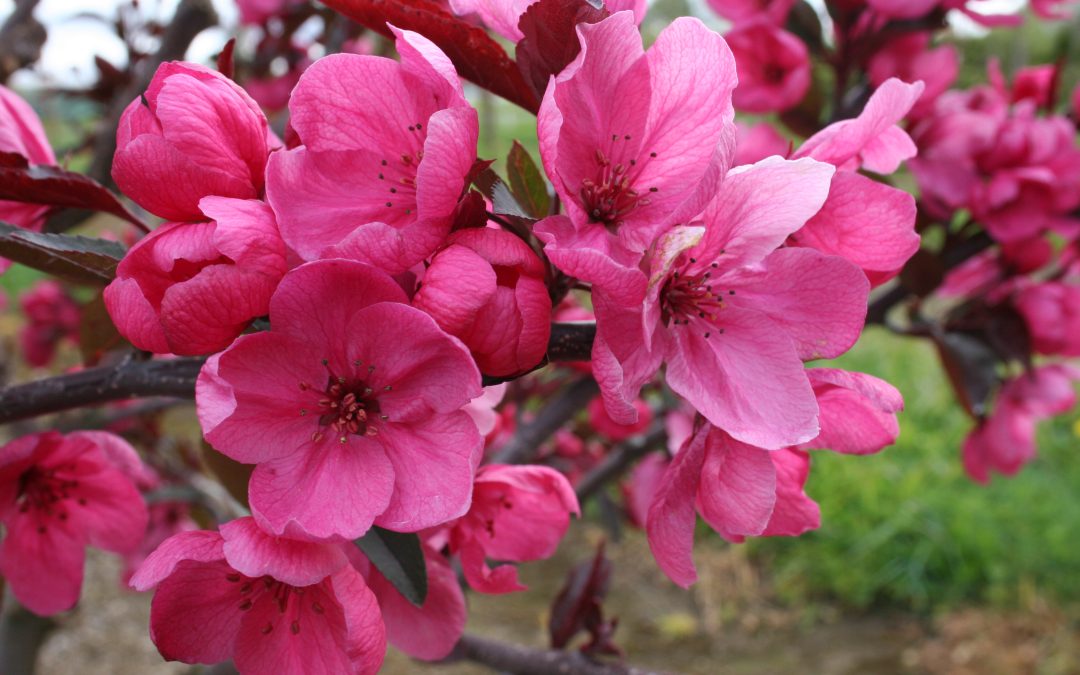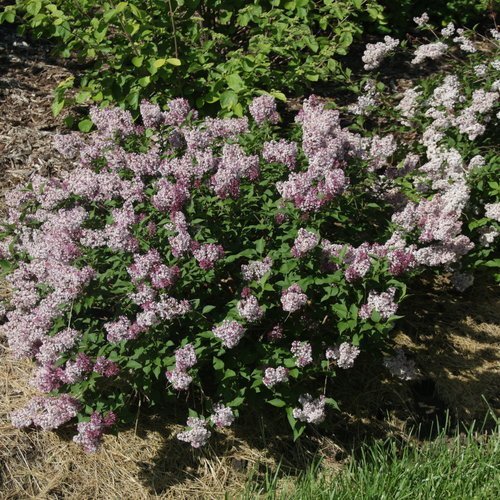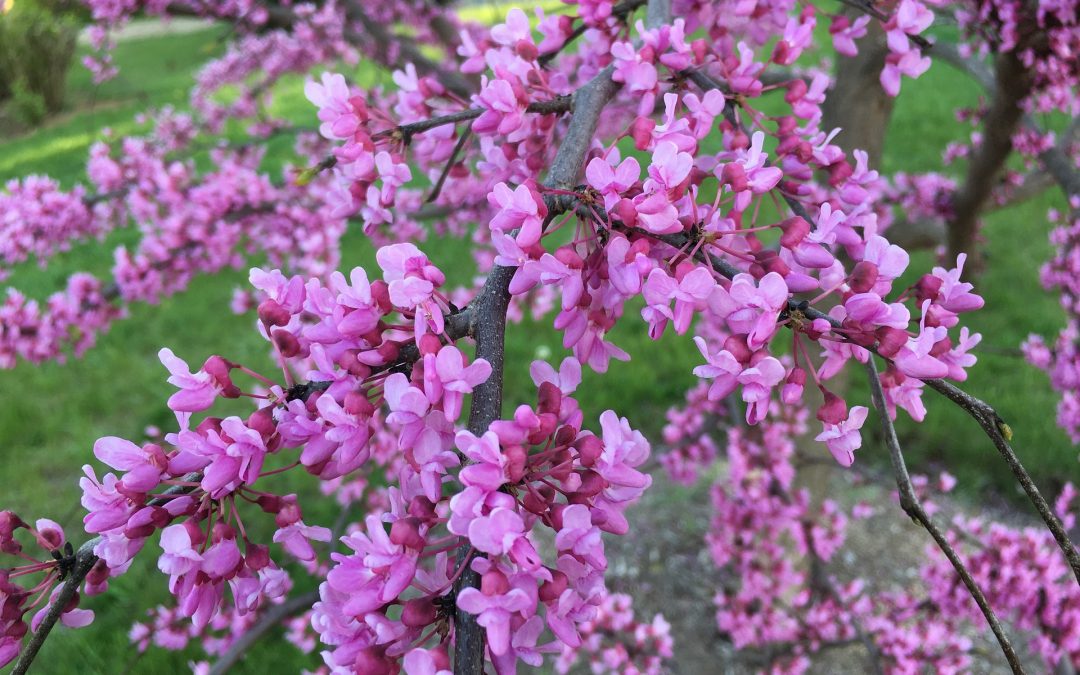
Do you love your shady lot, yet still find yourself wishing to add color with annuals? The Trailing Fuchsia may be exactly what you need. This gorgeous plant boasts large, unique, showy pink and purple flowers. The trailing nature of the plant helps to create the perfect hanging addition to any perennial garden. When growing, the plant will require lots and lots of water during the hot summer months to ensure it does not dry out and wither. As long as you water frequently, all one has to do is sit back, relax, and watch as this stellar plant explodes with color.

Spring is FINALLY here! After the dark and drab winter, everyone is looking to bring color and vibrant life back into their yards. Showtime crab will not disappoint. This gorgeous crabapple tree blooms in an explosion of vibrant fuchsia blooms. The flowers are so densely clustered one cant tell where the blooms end, and the branches begin. Unlike other crabapple trees with no interest after the blooms fade, the Showtime crab will amaze year-round. In summer, the leaves, with deep red tones, stand out from the masses. Come fall, the vibrant red will surely take your breath away. Even winter will not disappoint, when the berries stay clingy to the tree adding a pop of red well past the first snow. Growing to 25 tall and spread to only 15 feet gorgeous specimen can be planted in anyones yard big or small.

Brand new to the Proven Winners line-up, Baby Kim (Syringa x), is sure to impress. Blooming in early spring, this dwarf lilac may be small, but it still packs a powerful, and fragrant punch. Growing to 3 feet tall and 3 feet wide, this lilac allows anyone, in any space, to enjoy the beloved smell of lilacs. This hardy cultivar can be grown in zones 3-8 and will bloom if it is planted in a sunny location. To bloom, Lilacs need a period of cold to set the blooms, making it ideal for our zone. The Baby Kim has such a fantastic growth habit that it should not need to be pruned. However, in the event that pruning is needed, remember that new buds are formed on old wood and therefore any pruning should be done after blooms have been spent for the season but before new buds have had a chance to appear. Although considered fairly low maintenance, these shrubs dont tolerate having wet feet and should be planted in well-draining soil.

In a state full of crab trees, why not add some variety to your spring landscape? Step apart from your neighbors by planting the Lavender Twist Redbud (Cercis canadensis Covey). This weeping Eastern Redbud offers year-round interest making it the perfect focal point for any garden. The small tree will only grow 5-6 feet tall and around 6 feet wide. To ensure this gorgeous tree stays weeping, it should be pruned yearly to remove stray branches that decide to grow upward. In early spring, the Lavender Twist will display a waterfall of cascading light pink flowers. The tree will only bloom when planted in full sun and it should be planted in well-draining soils with a consistent moisture content. This ornamental is hardy in zones 5-9 and is overall a very easy plant to grow. However, careful planning should be taken on where to initially plant this tree as it will not transplant well later.

Sugar Baby Forsythia, cultivated by Proven Winners, offers the most vibrant yellow blooms early to start the growing season off right. This compact dwarf cultivar is the perfect plant for around your homes foundation as it stays 1-3 feet tall and only spreads 2-3 feet at maturity. The smaller growth habit means less pruning for the homeowner and overall, is a fairly low maintenance plant. However, it is important to remember that the forsythia blooms on old wood and sets its buds for the next season during the previous growing season. This means if you do decide to prune your shrub it should only be done immediately after blooming. This plant should also be planted somewhere protected. If the flower buds are over-exposed during the winter, then can die off, and the plant will not flower come spring. The cultivar is hardy in zones 5-8, so unless the winter is extremely harsh, the homeowner should not have many issues. The Sugar Baby is very adaptable to many different soil types, pollution levels, and light levels.





